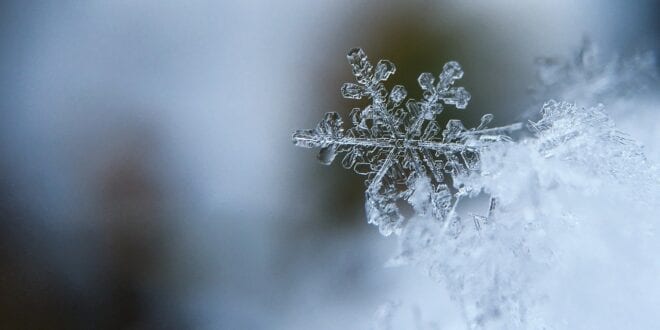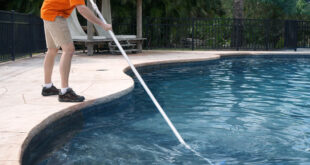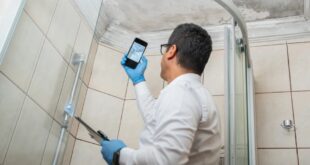Harsh winters are not only horrible because no one seems to be able to brave the cold no matter what they wear, but they are also horrible because they can damage our homes in many ways. The excruciatingly low temperatures of winter can damage the exterior of your house, as well as the interior. Your home and lawn are susceptible to floods as a result of broken pipes or stormy weather. Moreover, your foundation, exterior paint, chimney, and internal plaster walls can crack. These are just a few examples of the abrasive effects that the severe weather conditions of winter can leave on your home.
These repairs can cost you thousands of dollars. A damaged foundation can cost between $5,000 to $7,000 to repair. Porch and deck repairs can cost up to $4000, while roof repair costs can be anywhere between $700 and $8,400, depending on the material. On the other hand, broken windows can cost from $100 to $649 to fix. In addition to the financial costs, you might have to leave your home and stay elsewhere for a long time while it gets repaired, depending on the severity of the damage. Even if that’s not the case, the hassle and the headache of repairs can make you feel very uncomfortable at your own home. To avoid this hassle, read this article to learn about how you can prepare your home before the winter.
Heating and Air Conditioning Systems

Different maintenance and usages can determine the life span of air conditioning and heating systems. However, on average, heating or an air conditioning system can live from 12 to 15 years. The most important thing to do before winter is to check on your heating system to make sure that it is working efficiently. It is also recommended that you change your HVAC filter. You can contact an HVAC contractor to inspect your system before winter. This is to ensure that it doesn’t stop working on a freezing day and to avoid being stuck on a repair waitlist in winter. The contractor will make sure that your heat pump and furnace are clean and are in good working condition. They will also measure carbon-monoxide leakage levels.
Chimney and Fireplace
It is recommended that you contact a chimney sweep service to maintain your fireplace, clean it, make sure that it is in good condition, and identify any potential issues. This is really important because it can prevent fires and carbon monoxide leakages. If you are going to check the fireplace yourself, then watch out for any bird’s nest remains, debris buildup, or tree limbs near or over the chimney. Ensure that the chimney cap is in good shape and that the chimney crown is sloping for better flow, and do not forget to ensure that its flue liner is visible. Check to see if the chimney bricks or mortar are broken or missing and whether the roof flashing is tight against it.
Verify whether the flue damper inside your home is functioning properly and make sure there aren’t any combustible materials near or surrounding it. You should also ensure that the firebox and hearth are not cracked or missing bricks or mortar. It can be hard to find dried logs in some areas in the UK to light up your fireplace. The folks over at Buyfirewooddirect.co.uk suggest that finding a provider that can deliver dried firewood for free in the UK will give you peace of mind in knowing that you will always have enough supply of firewood. If you have a gas fireplace, then make sure that the glass doors are intact and free of cracks. You must also ensure that the gas logs are positioned correctly. Test the ignitor by turning the gas off at the shut-off valve. Then, check if there are any clogged burner holes after turning the fire on, and clear clogged holes using a pin or a needle after you turn the gas off.
Wooden Exteriors
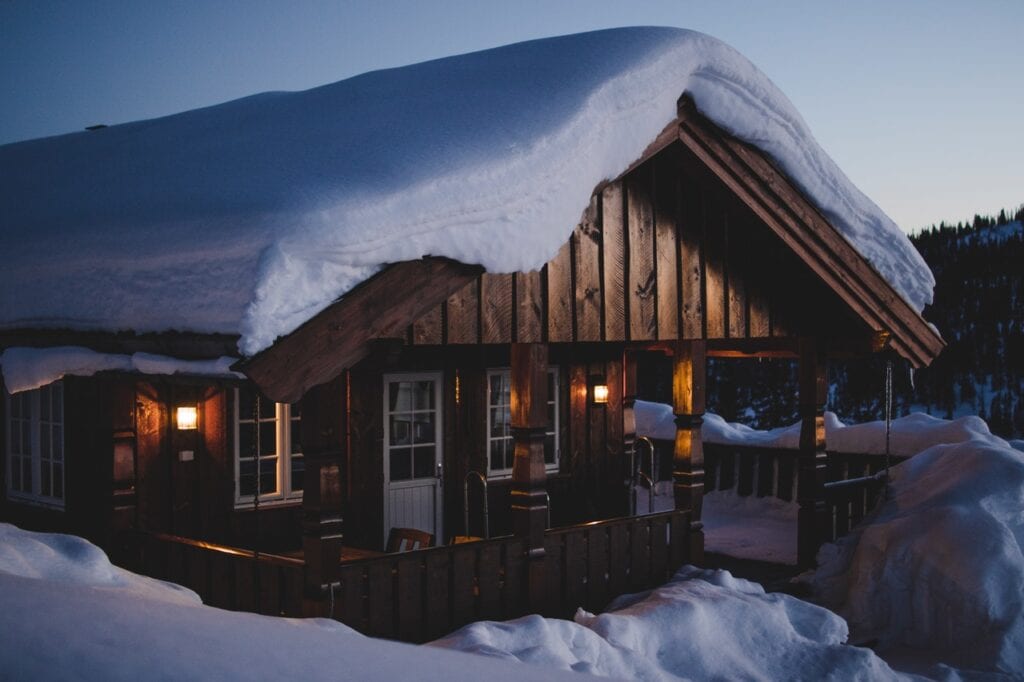
You should protect the wood trim on your home’s exterior from the severity of winter. The wood used to make wood trims that surround your windows and doors is totally different from the wood that is used on your deck. Wooden decks are most probably rot-resistant or pressure-treated. On the other hand, wood trims are usually very thin pine boards that can decay if they are not protected against harsh weather conditions. Rotten wood that surrounds doors or windows on home exteriors is a very common sight to see.
Since replacing wooden trims can be very costly, financially and effort-wise, you should avoid having to do it in the first place. Keeping your wood trims caulked and painted can protect and maintain their integrity all through winter. It is an easy task that you can complete on your own without having to consult professionals. Once you paint or caulk it, you should still watch out for signs of cracking and chipping of paint or caulk throughout winter. If you find that there is, just scrape it off and reapply the paint or caulk. Decks also need maintenance even if they are stronger than wood trims. To protect your deck, you don’t need to seal the whole thing right away. Just make sure that it is still in good shape by spilling water on it and observing whether it is absorbed or beaded up. If the deck absorbs the water, then you should clean and seal it up.
Hard and Rough Surfaces
To protect concrete surfaces like patios, walkways, or driveways, you can apply concrete sealers to avoid cracks. It is important that you fill in the cracks before you apply sealers because if you don’t, water can get in and freeze inside the cracks. You should also seal your asphalt driveway. Make sure to patch the asphalt cracks before sealing them as well. You can have a company spray sealer on the surfaces, or you can purchase a bucket of sealer and roll it on the surfaces by yourself.
Drainage
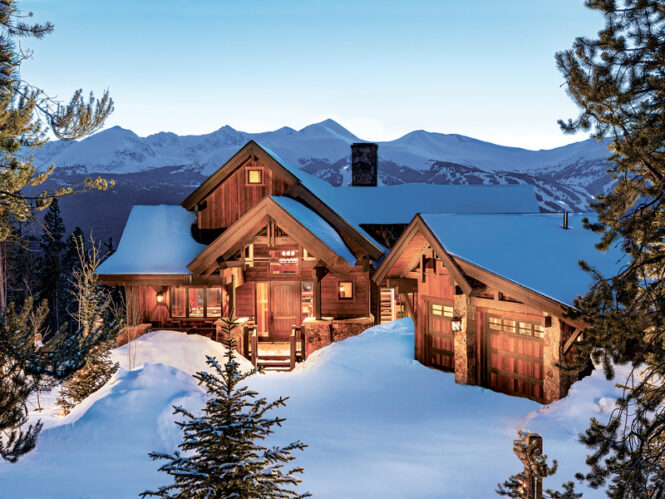
You must make sure that water doesn’t build up anywhere near your home to avoid risking the integrity of your walls, developing mold, leakages, warping, or staining. To prevent water from collecting near your foundation, ensure that the soil near that area has not settled or is saturated. Saturated soil can keep freezing and defrosting throughout winter, creating serious moisture damage to your foundation. You should also look for low spots that you should fill with soil so that they don’t collect water. Check your rain gutter downspouts, too, to ensure that the water is being transported smoothly and away from the house. Make sure to detach garden hoses and faucets and drain any remaining water. This is because the water inside could freeze, causing the pipes to expand and eventually break.
Clean and Clear Out the Gutters
During autumn, a lot of leaves fall off trees and end up clogging the gutters. So as soon as autumn ends, or all the leaves fall off, it is time to clear out your gutters. Clogged gutters can overflow and damage your home. Water will run down your house and damage the exterior, foundation, roofing, siding, and wood trims. They can also cause ice dams and leakages. It can also result in water infiltration in your basement or water settling beneath your walls, concrete, and porches.
Carbon Monoxide and Smoke Detectors
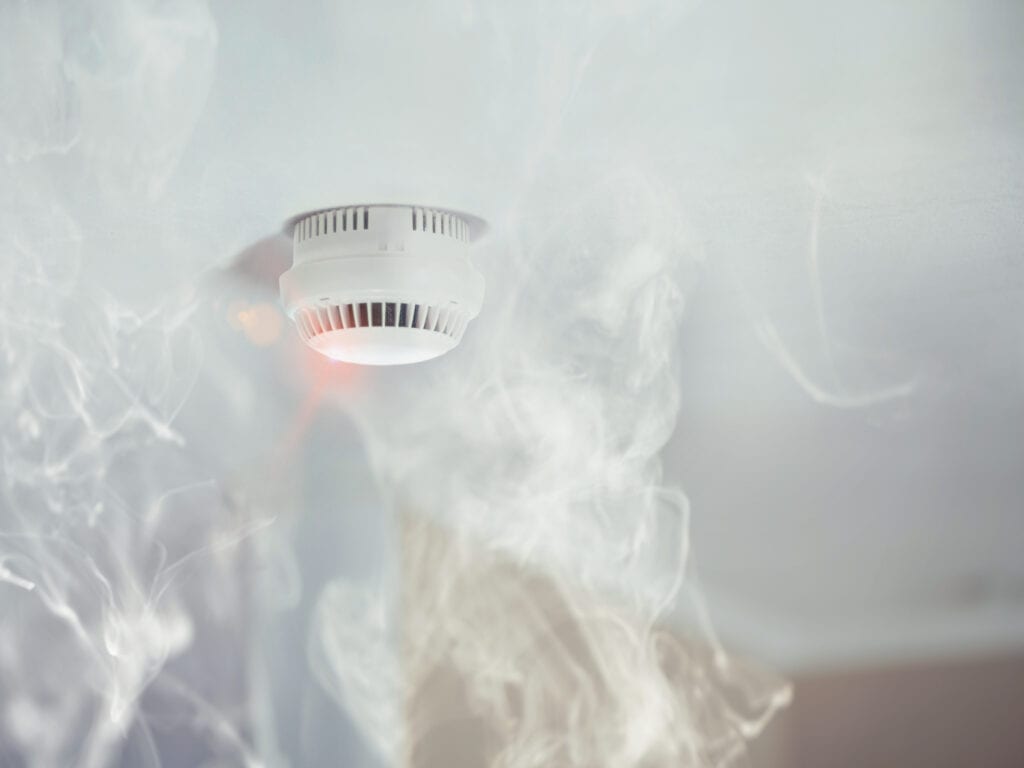
Unfortunately, fires are very common during winter because that’s when furnaces are lit up, and fires are started. Carbon monoxide is a looming danger in that case because homes are sealed shut, preventing airflow in winter. If you do not have carbon monoxide detectors at your home, you should install a few. You should test the smoke detectors and carbon monoxide detectors to make sure that they are working just fine. Replace their batteries in case they are running out. To ensure that your water heaters and furnaces are vented properly to avoid carbon monoxide leakages, contact an HVAC inspection service.
Pools and Sprinkler Systems
Shut down the pool system for winter. While you are at it, you can contact a professional to inspect it for you and fix any issues and get any work done to prepare it for the following season. This is to avoid being left on the waitlist during the spring or summer when most people decide to get their pool work done. You should also have a professional shut down your sprinkler system because it will cost you a lot to replace broken lines during the following season.
Protect Your Attic

During winter, squirrels and birds tend to hide in attics, searching for protection from the cold. Their presence in the attic can be very damaging to your house as they will nibble on surfaces. They will also damage your belongings or anything that you are keeping in the attic. Moreover, they can be disease carriers, putting your health in danger. To avoid having unwanted guests in your attic, make sure that your vents are sealed, and that tree branches are trimmed away from your house. Block any possible entrances or openings that lead to your attic.
Check Your Roof
Heavy rains and snow can end up in your roof leaking. One way to prevent this is by having an inspector check for any potential roof problems. If you decide that you can do it on your own, make sure to spot cracked caulk or any rusty spots on your roof. Look out for blistering, curling, buckling, missing, or broken shingles. Examiner your vent pipes for any surrounding worn or cracked rubber boots. Growing mosses and lichen can signal that your roof is decaying. Some issues that require simple handiwork or replacements can be easily fixed. Though if you notice any serious problems, contact a professional because having a strong, fortified roof is crucial.
Maintain Your Lawn
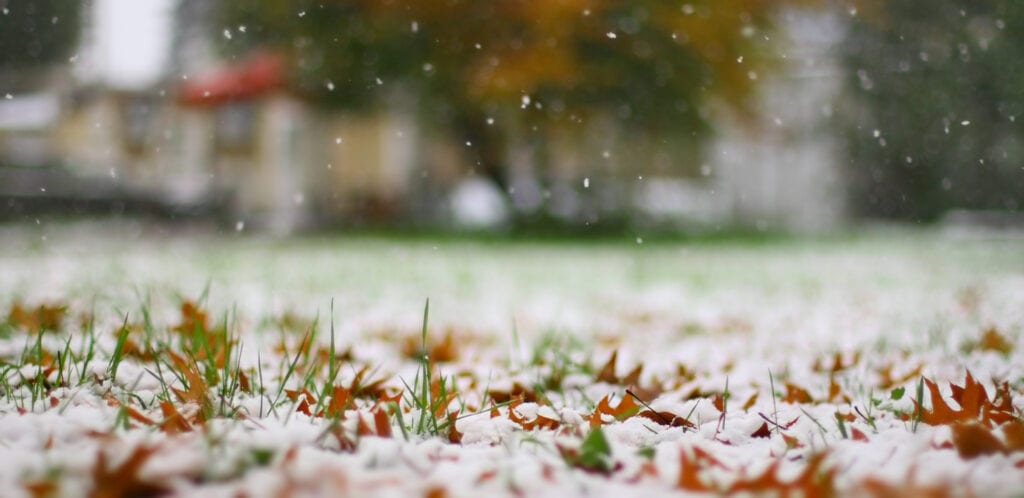
Even though your lawn will not grow during the winter, it is still important to mow and clean it up correctly so that it is prepared for the next season. Do not rake your lawn and mow it instead. Cut dry leaves into small, dime-sized pieces and let them fall between the grass blades. By the time spring arrives, they will have decomposed and nourished your land or lawn. You should also apply fertilizer and winterizer by the end of October or November.
Drain the mowing equipment from the gas before you put it away for the winter. Gas can go bad, which will damage the fuel filters and the equipment. If you don’t want to get new gas in the spring, you can just add a fuel stabilizer to your gas. If your gas only supports two-stroke gas, then it is important to ensure that you don’t have a lot of gas left over by the time winter arrives. You should also run some pump-protecting antifreeze through your pressure water system. Make sure that it is out of gas too. You must take care of vital equipment since they are expensive, and replacing them or repairing them will be very costly too.
Patio Furniture and Snow Removal
Protect your patio furniture because it can get seriously damaged during the winter. You can either move them inside your home or cover and seal them. However, make sure that you cover them on a warm, clear day. Do not do this when it is dewy, humid, or rainy. This is to ensure that moisture does not get trapped between the furniture and the covering. Test your snowblower to guarantee that it is working well and that it doesn’t need to get repaired. You should also prepare the salt and shovel so that you don’t have to look for your shovel when it is time to clear out the snow.
Preparing your home for the winter can be a tedious task. Besides, it is almost impossible to keep track of all the things that you need to account for so that you don’t face any possible damages or issues when the cold months finally set in, to prepare for these you must have blower and gas logs. To make sure that you don’t miss out on anything, make a list of all the above points and check them off one by one as you go. With our tips in mind, your home will be ready for winter, and you won’t have to worry about the cold weather anymore.
 Imagup General Magazine 2024
Imagup General Magazine 2024
